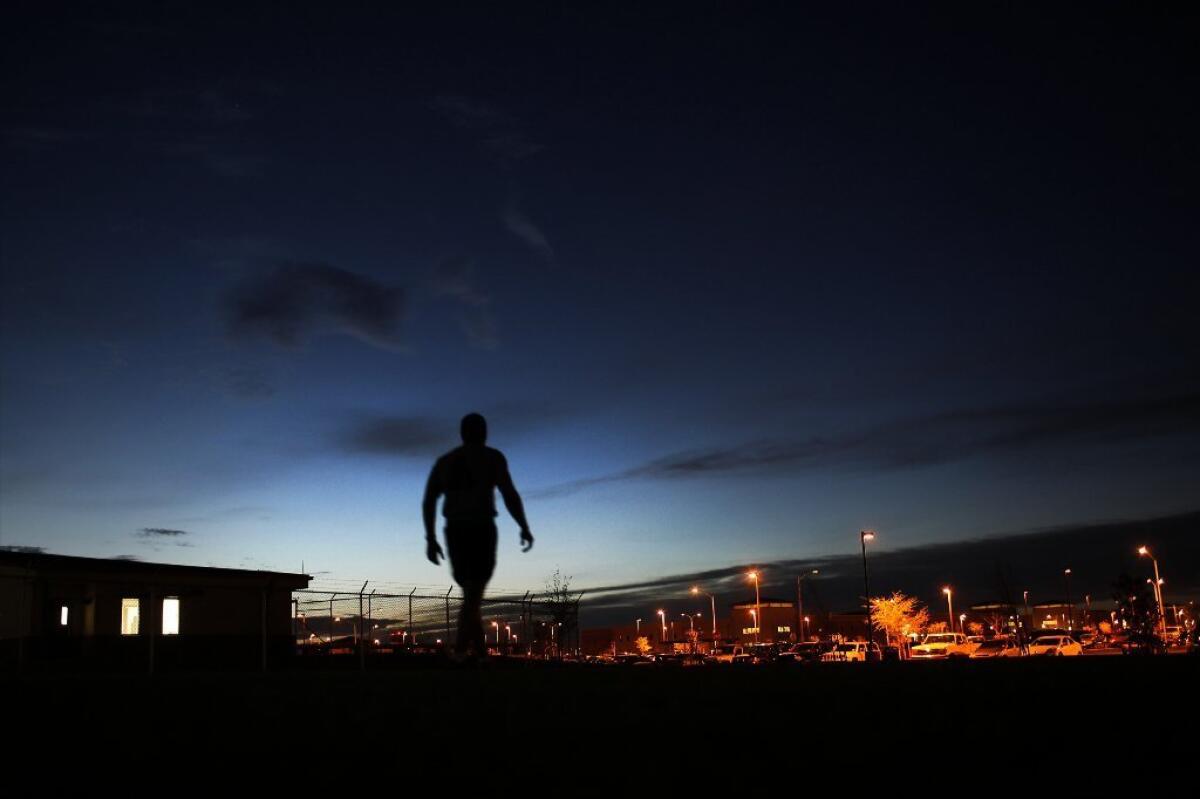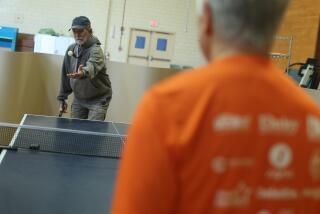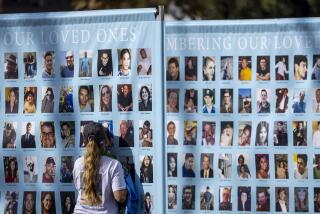U.S. Army tries to identify soldiers most likely to commit suicide

The U.S. Army has a new analytical tool that officials hope will counter a surge in suicides by identifying soldiers whose history, age and injuries indicate they are at high risk of taking their own lives.
In an analysis involving all 40,820 U.S. soldiers hospitalized for psychiatric problems over a six-year period, researchers created an algorithm to identify some of the Army personnel most likely to commit suicide. Sixty-eight of the soldiers killed themselves within a year of hospitalization.
More than half those suicides occurred among the 1,947 soldiers whose health histories and other characteristics gathered from Army records placed them in the algorithm’s highest risk group.
Ronald Kessler, a Harvard University sociologist and suicide expert who led the study — published Wednesday in JAMA Psychiatry — said the statistical model could be used to target suicide prevention efforts.
“We saw quite a few people who killed themselves within six weeks of getting out of the hospital without any follow-up visit,” he said.
In the six years covered in the study — 2004 to 2009 — the annual suicide rate in the Army was 18.5 suicides per 100,000 soldiers. The rate among soldiers hospitalized for psychiatric problems was more than 14 times that.
Within that group, the researchers wanted to see if they could home in on those at greatest risk.
Computers combed through 421 variables on each soldier drawn from 38 military data systems. Using a method known as “machine learning,” the researchers identified roughly two dozen factors proved most important.
The soldiers most likely to take their own lives were men with past suicidal behavior and a history of psychiatric disorders and criminal offenses, including weapons possession and verbal assaults.
Soldiers with hearing loss also faced heightened risk — a strong indicator that they had suffered a head injury. So did enlisting in the Army after age 27, most likely because those soldiers had already experienced trouble finding their way in life.
In all, the 5% of soldiers identified as highest-risk accounted for 36 of the 68 suicides and had an annual rate of 3,824 suicides per 100,000 — more than 200 times the overall rate in the Army.
Rates of accidental deaths and suicide attempts were also significantly greater among the 1,947 soldiers in the high-risk group. Seven died in accidents and 555 made a suicide attempt within a year of hospitalization.
The Army has put in place an array of suicide prevention programs, but most were applied broadly to all personnel, said Dr. Eric Schoomaker, who served as surgeon general of the Army until 2012.
The new research will allow the Army to focus on soldiers at greatest risk, Schoomaker said.
In Britain, a variety of interventions have reduced the suicide rate among civilians who were hospitalized for psychiatric problems. They include mandatory outpatient visits after discharge and community crisis teams to monitor patients.
Suicides among former psychiatric inpatients account for about 12% of all suicides in the Army.
Kessler and other researchers are working on similar analyses aimed at identifying the soldiers most likely to take their lives in other groups known to be at elevated risk, including psychiatric outpatients, soldiers in their first term of service and those on their first deployment.
Traditionally, the Army has been psychologically healthier than the rest of society because of screening, fitness standards and access to health care. Soldiers committed suicide at about half the rate of civilians with similar demographics. But starting in 2004, the Army rate has essentially caught up.
Follow me on Twitter @AlanZarembo and “like” Los Angeles Times Science & Health on Facebook.







